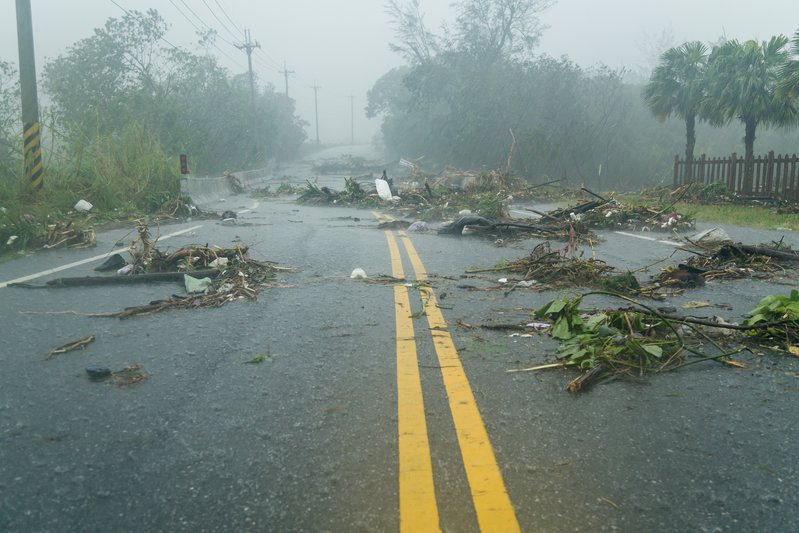
Hurricane Matthew is GONE, but the cleanup has only just begun. Chances are, that your garden does not look anything like it did before the storm. Due to the extreme winds, it’s going to take a long time to completely recover the damages done. So how does one recover from the damage of hurricane winds?
We know that many of our customers are dealing with major storm debris, broken tree limbs, leaf debris and fallen trees, and we want you to know that your landscaping concerns are our top priority. We are committed to getting your landscaping back on track speedily.
To help your garden recover from wind damage and how to deal with the cleanup, we have some smart, safe storm recovery tips for you.
Regardless of how minor you think the damage is, take snapshots for possible insurance purposes. If the damage is considerable, be sure to contact your insurance company to see what benefits may be available.
With high winds and heavy rains come downed trees, one of the most dangerous and damaging outcomes of a powerful storm. If you find you'll need to remove a tree, call us to do any major removal; taking down trees is a scary job that can cause terrible injury if not done right. We can also assess the damage and determine whether a tree is to be saved or removed. Smaller ornamental trees and foundation plantings may just need some cleanup to broken branches.
Clean up any debris that might have blown around shrubs. If they were damaged, you will need to do some “mandatory” pruning. Most plants are resilient and will be no worse for wear come summer.
If windows have blown out or shattered, board them up until a repair can be made. If it is a small, a single pane or two of glass, you may be able to re- glaze it yourself.
Those on the peripheries of a terrible storm may not have had downed trees or flooded basements, but they're likely to have found themselves with a building and yard covered in leaves and twigs. Now is the time to break out the leaf blowers.
After dealing with major damage, (such as fallen trees) move on to removing snapped branches, bent or damaged growth and broken leaves. Also, clear away any build up of mud and debris that is clinging to the trunk or basis of plants/trees. This will help reduce the risk of secondary infection from high mud levels and dead plant materials. If plant residue is left on or leaning against other plants, it will usually begin to rot and in doing so, it will cause other plants to rot as well.
Remember to go slowly. When trying to prune and clear away a wind damaged garden, do the least pruning necessary at first. Over time, your garden will let you know what needs to be removed and what can stay. This can happen within a week after the storm passes. New shoots will form, new buds will develop, and these are essential keys to tell you how a plant is responding to storm damage.
While storm damage is never pleasant it can open up new areas in the garden, allowing for change as well as providing fertile compost for a renewal of beauty as the garden recovers. Try to look for a silver lining as you clean up, maybe a new view, richer soil, or a chance to take your garden to the next level. It can be a new and exciting experience.
Lastly, our thoughts and prayers are with all of those impacted by Hurricane Matthew – please stay safe. The Duval Landscape team is here to help your garden recover from Hurricane Matthew.